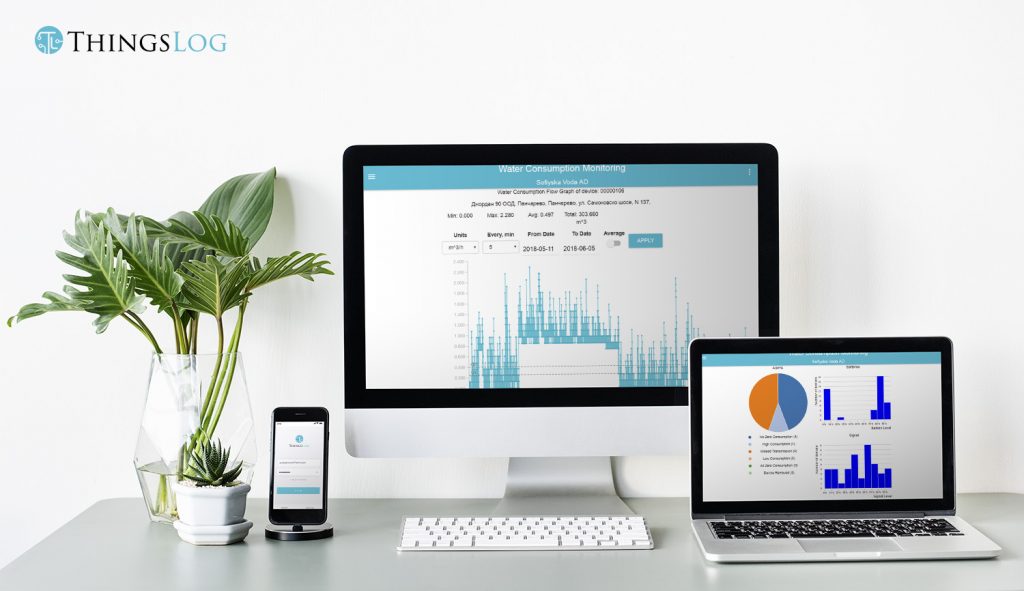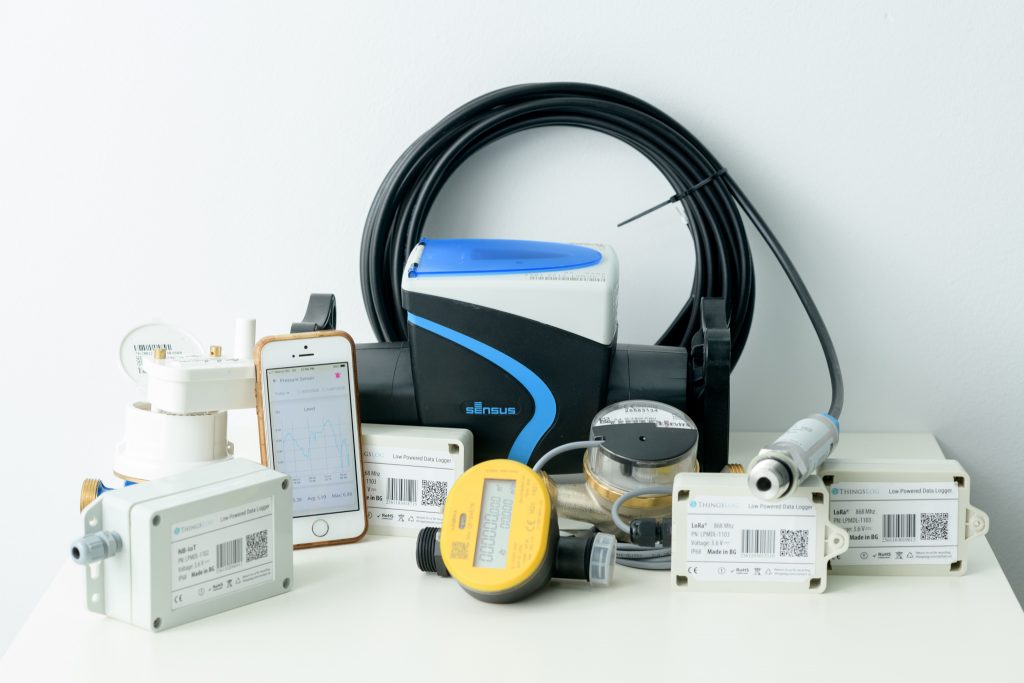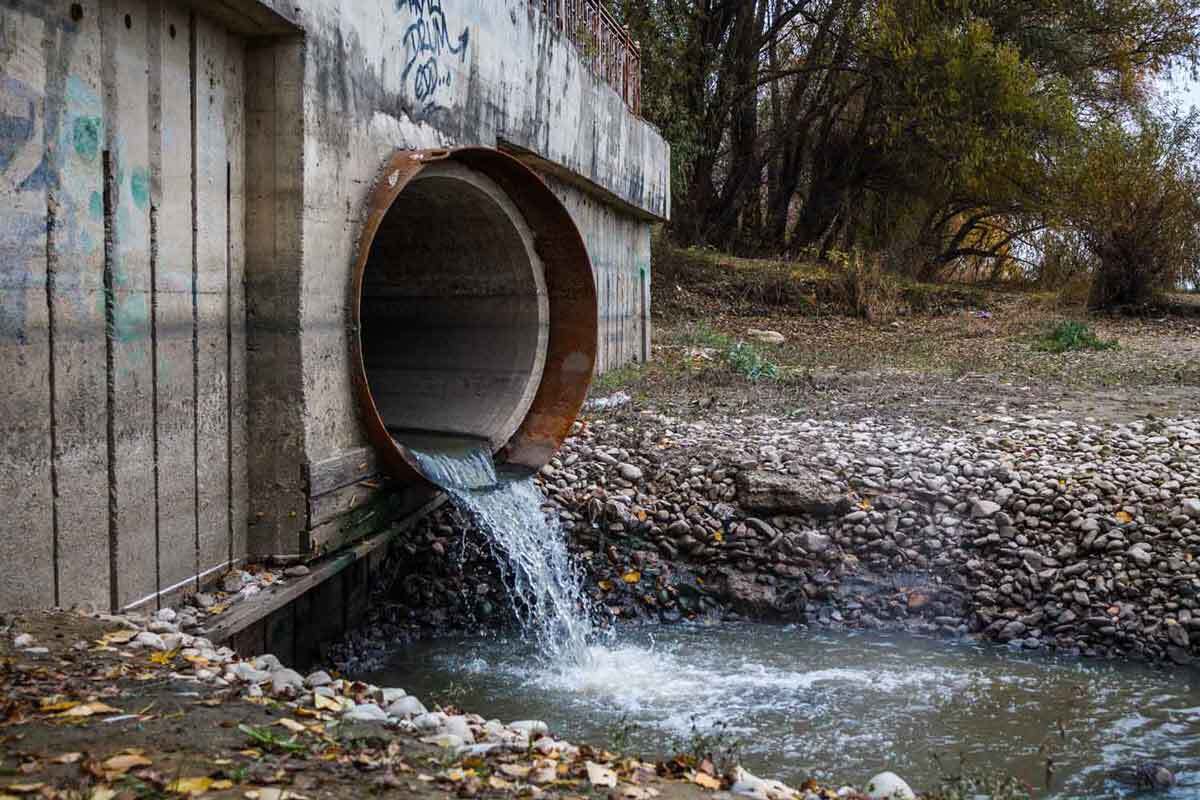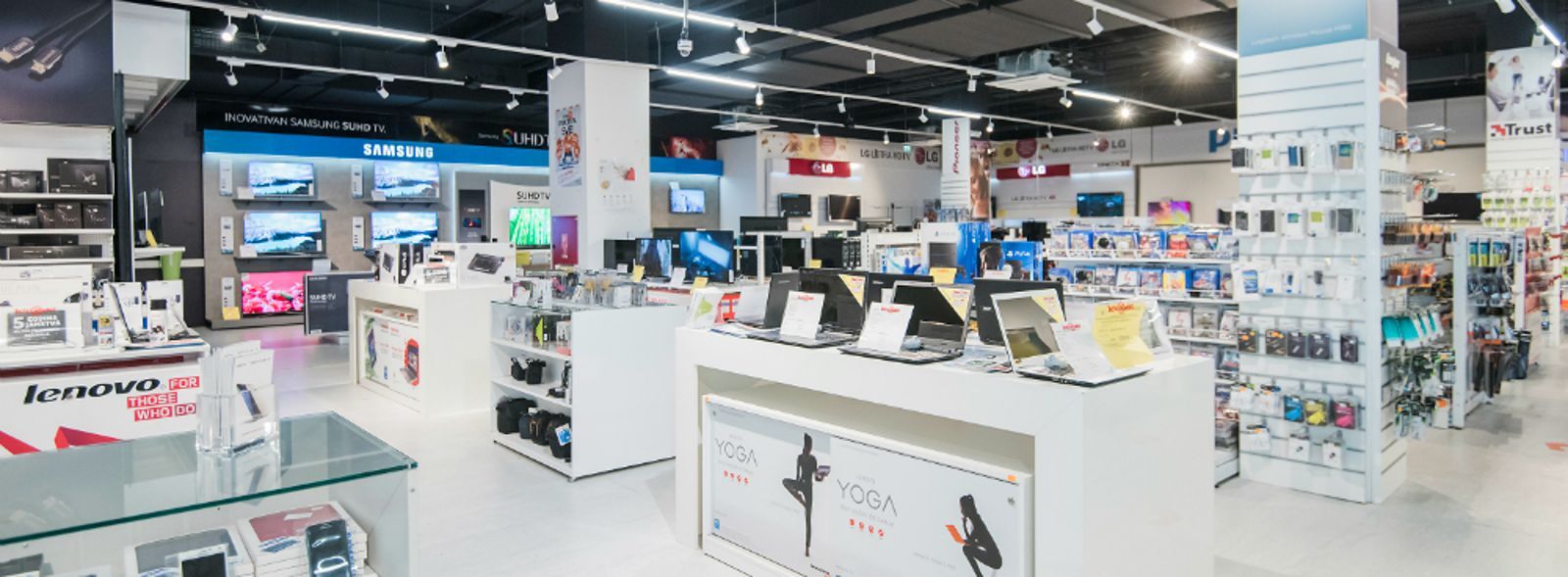Digitalization in the water and wastewater treatment industries is an emerging technology market area, forecast to grow to $2 billion by 2030.
Cleaver data loggers with intelligent sensors will make up the wider application of IoT devices in cities. The hype around them is growing. Old style huge wired SCADA systems will slowly die under the push of upcomming new technologies.
Low power wireless technoligies like NB-IoT, Cat-M1 and LoRa are helping in that direction.

The solutions required are already in use in other industries, but now are being adopted by water and wastewater companies at a municipal level, according to a new report released by research firm IDTechEx.
What is the industry?
The World Health Organisation said in 2019 that 71% of the world’s population have access to clean water. There is a direct impact on the consumer, and many companies must meet targets and goals set by their country or industry body.
However, unlike the oil and gas industry, the water industry is behind with its uptake of digitisation and in the monitoring of networks in many countries across the globe. With water shortages occurring across some countries – e.g. Cape Town, South Africa in 2018 or Pernik in Bulgaria 2020 – there is a real need to better monitor the usage, supply, and treatment of both supply water and waste-water networks. To achieve these goals, the water industry must digitize, and use smart combinations of data loggers and sensors across all areas of its water networks.
Many water and wastewater networks are currently not digitizsed. People still collect manually samples, bring them to the lab, analyze data, and provide reports in weeks to the population and business use. These results are used to meet pollution requirements, policy limits, and ensure that the treatment of both water and wastewater plants are running correctly.

The introduction of real time data loggers and intelligent sensors into these industries can lead to increases in efficiency for the plants. It will also bring reduction in pollution from contaminants or waste materials and could provide real guarantees to the population. Even in case of pollution they will understand instantly about it and not in week once the water has been already consumed.
Who might benefit from digitalization in the water and wastewater industries
There are a number of industries which currently require devices to measure and monitor wastewater. For example, pcb and electronic element manufacturers have to ensure that their wastewater has no trace metals in their wastewater. Chemical or pharmaceutical plants must ensure no trace chemicals. This also applies to industries such as food and beverage, clothes manufacturing, and pharmaceutical plants.
Any process which has water during its manufacturing process, cooling and heating process and exits waste to the environment have to ensure that it does not contaminate, pollute, or cause damage to this environment. They, therefore, require sensors to monitor their plants. These same sensors can be used in municipal water and wastewater plants to monitor contaminants in the water and wastewater networks.
Time to act
Smart meters for gas and electricity have greatly benefited those industries, reducing contact and allowing customer engagement, ability to detect leaks, prevent incidents and theft.
This saves the customer money as they are paying for utilities they use. Typically, water is not monitored in this way. By greater monitoring of the entire network, it can become more efficient. For example, if a municipal water company wants to identify the source of a contaminant, multiple sensors can narrow down the location. It can also create more accurate records of water use, allowing pressurisation of water pipes to occur when needed, reducing damage from over pressurising the system. Water and wastewater companies are adopting these technologies, and therefore it is an exciting area to diversify into. Level monitoring solutions for waste water network could act as early warning, pressure monitoring could prevent leaks and damages.
What parts of the water and wastewater networks does it apply to?
As there are many stages within the water and wastewater networks, with many properties to measure and monitor. This also means that there are many points in the system where data needs to be collected and analyzed to ensure the correct treatment and processes are applied.
Five key areas in which data logging solutions could be applied for monitoring include:
- Storage (e.g. tanks)
- Example properties: Water level, pressure, temperature
- Pipes, Network
- Example properties: pressure, flow speed, level measurements, leaks
- Pipes, Distribution
- Example properties: pressure, flow speed, level measurements, leaks
- Treatment – Supply water
- Example properties measured: pH, chlorine, pressure, temperature, flow speed, level measurement
- Treatment – Wastewater
- Example properties measured: Pressure, temperature, flow speed, level measurements, turbidity, chemical properties
- Dames and lakes
- Water level, level of dissolved oxygen, salinity and conductivity
COVID-19 Impact?
As COVID-19 has positive impact to any kind of remote monitoring solution and negative on anything that require human or manual work.
Thus as an emerging technology, digitizing of water and wastewater networks may have both benefit and hindrance. Hindrance, as companies may not wish to spend large sums on new sensors, pipes, or technology, and the barriers for entry into the water and wastewater networks is already high.
At the same time the benefit of adopting digital datalogger solutions into the networks outweigh these barriers.
Conclusion
There is a real need for remote monitoring, it removes the need for maintenance staff to check pipes as regularly, or to collect samples for lab monitoring. It speeds up the identification of pollution events reduces fines incurred by the water companies and improves efficiency of the treatment plants. As an end result we can provide better service for customers. A steep investment, but the dividends pay off for many years to come.




